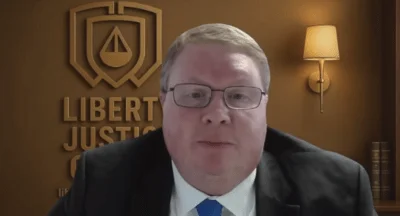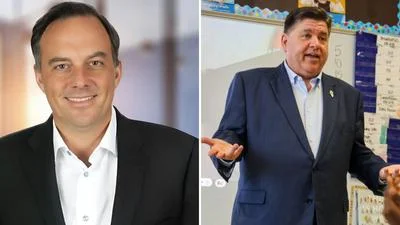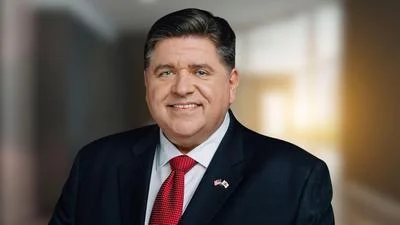Even a teacher and other school staff members who will never fire a gun should know how to handle one, a Chicago-area firearms instructor said during a recent interview.
"People are confused about the term 'first responder'," Gary Daugherty, lead instructor at the Firearm Safety Institute said during a Prairie State Wire telephone interview from the National Rifle Association convention in Dallas. "The first responder is the first able-bodied person on the scene, either during or after."
That is a critical time for a first responder to act, Daugherty said.
"Waiting for police or emergency services to come into a shooting scene can take 30 to 60 minutes because police won't let EMTs in until the scene is secure," he said. "Someone could be bleeding out and if they don't know how to deal with a major artery cut, that person is going to die. The EMTs can't get to them Somebody has to stop the bleeding now. Seconds are precious at that point."
Teachers and other school staff can be those first responders, and Daugherty is ready to teach them how during a one-day class at the Heartland Institute in Arlington Heights during National Train a Teacher Day 9 a.m. to 3 p.m. Saturday, May 19. Preregistration is required for the course, which is free for teachers, administrators and staff.
With more than 30 years of firearm experience, Daugherty is an NRA-certified instructor who regularly appears on The Polite Society Podcast and is the North West Suburban Town Hall chairman of the Illinois State Rifle Association.
Educators who take the course will not learn how to shoot a gun, Daugherty said.
"Obviously, I do teach that but I don't think this class is the right place for that," he said.
The course is about teaching educators how to safely deal with firearms, Daugherty said.
"I want teachers, if they do happen to come across a gun, to know how to empty it, to know how to deal with it without it going off," he said.
It's better to know how to do that before and if an incident happens.
"Suppose you jump a guy and disarm him, now there's a gun that has to be dealt with," Daugherty said. "Now what do you do? Do you pick it up or do you leave it there? How do you empty it? How do you make sure it's not going to go off? How do you determine if there's any ammunition in it? All that sort of stuff."
And educators have to know by now that schools are obvious targets for bad guys with guns, Daugherty said.
"I know you know the statistics," he said. "Ninety-eight percent of the mass shootings in the past 50 years happened in gun-free zones. That's kind of startling, right?"
While the course promotes firearm safety for educators, Daugherty said he would "not necessarily" advocate arming teachers in the classroom.
"That's a valid question, one that I hear bandied around a lot," he said. "I wouldn't force teachers to be armed any more than I would force them to drive a red car because it's more visible in the parking lot. There are teachers who carry every day, except when they go to work, because they can't do that legally. So why not let the people who are doing it anyway, and parents who are doing it anyway, who are willing to take on that awesome responsibility of carrying a firearm, getting training, getting permits, everything like that, why aren't we letting them do what they do in their normal, every day lives, never hurting anyone, do that at work?"
However, every educator should be prepared to respond safely in an incident in which the very worse can happen, Daugherty said, adding that, in addition to a gun, he also carries two tourniquets and other first response supplies with him every day.
"It's not easy; it's a pain," he said. "But every single person, stranger, loved one or acquaintance who I come into contact with every day is better off."






 Alerts Sign-up
Alerts Sign-up